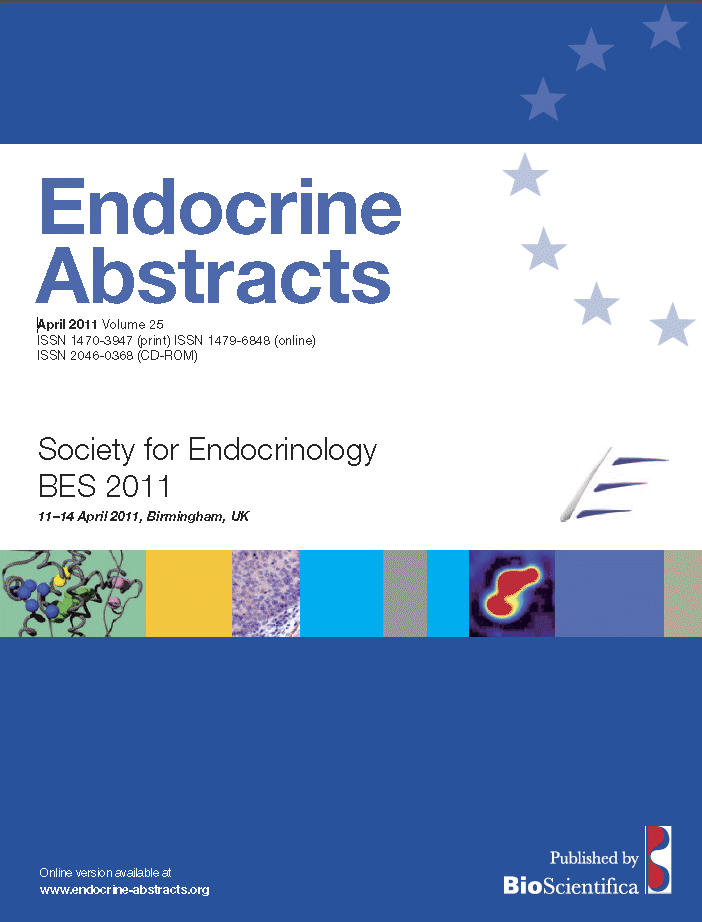Searchable abstracts of presentations at key conferences in endocrinology
Symposia
Eat, bond, reproduce – what the hypothalamus dictates
ea0025s7.1 | Eat, bond, reproduce – what the hypothalamus dictates | SFEBES2011
Vasopressin and the olfactory system
The neuropeptide vasopressin is now known to be released in the brain where it plays important roles in social behaviours. We have shown that the rat olfactory bulb (OB)1 and the anterior olfactory nucleus (AON)2 contain large populations of interneurones which express and release vasopressin. In the OB, single cell recordings from mitral cells in vivo showed that vasopressin modulates the processing of information by olfactory bulb neurones. Block...
ea0025s7.2 | Eat, bond, reproduce – what the hypothalamus dictates | SFEBES2011
The role of tanycytes in the regulation of the reproductive axis
The neuroendocrine fraction of GnRH neurons sends axon to the median eminence of the hypothalamus where they release their neurohormone into the pituitary portal vasculature to regulate the reproductive axis. Specialized unciliated ependymal cells named tanycytes, which line the floor of the third ventricle, confer to the median eminence its peculiar cytoarchitecture. Tanycyte cell bodies are located in the ventral border of the third ventricle but they also send processes to ...
ea0025s7.3 | Eat, bond, reproduce – what the hypothalamus dictates | SFEBES2011
Food or sex: neuropeptides decide
As a general rule, hypothalamic neuropeptides that stimulate food intake act to inhibit the reproductive axis. We have studied the functions of two peptide systems in detail. Melanocortins, such as melanocyte stimulating hormone-α, β and γ, are products of the pro-opiomelanocortin (POMC) gene, produced in cells of the arcuate nucleus and act to inhibit feeding. Melanocortins also stimulate the reproductive axis. In lean hypogonadotropic ovariectomised ewes, POMC...
ea0025s7.4 | Eat, bond, reproduce – what the hypothalamus dictates | SFEBES2011
A role for kisspeptin/neurokinin B/dynorphin neurons in initiating and maintaining reproduction
Puberty is a tightly regulated process through which an individual attains reproductive capability. An intricate network of central and peripheral factors play a role in this process; however, the cellular and molecular events that initiate and sustain adult reproductive function remain largely unknown. Recently, kisspeptin (encoded by Kiss1) and neurokinin B (NKB, encoded by TAC3 in humans and Tac2 in rodents) have been shown to be gate-keepers of puberty...




